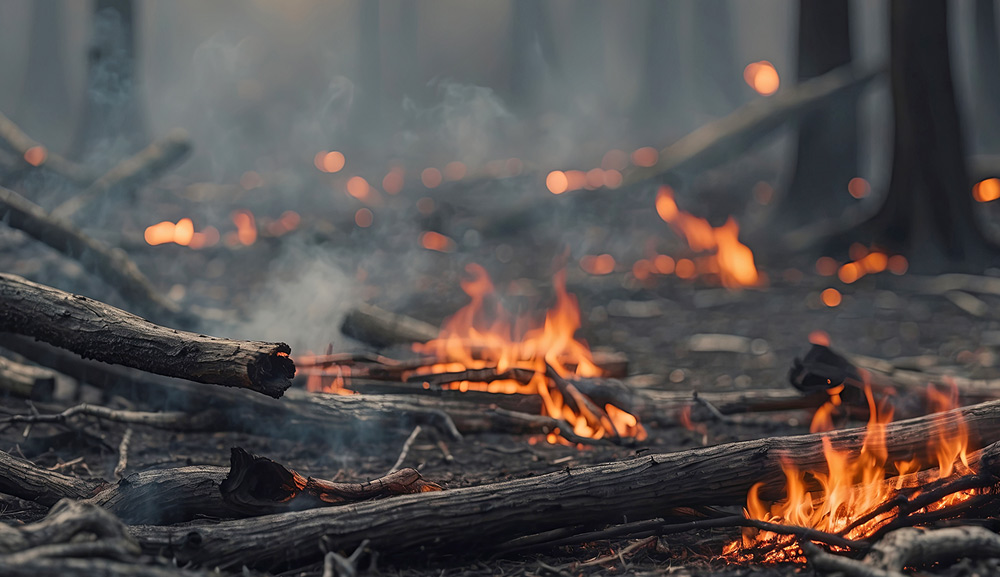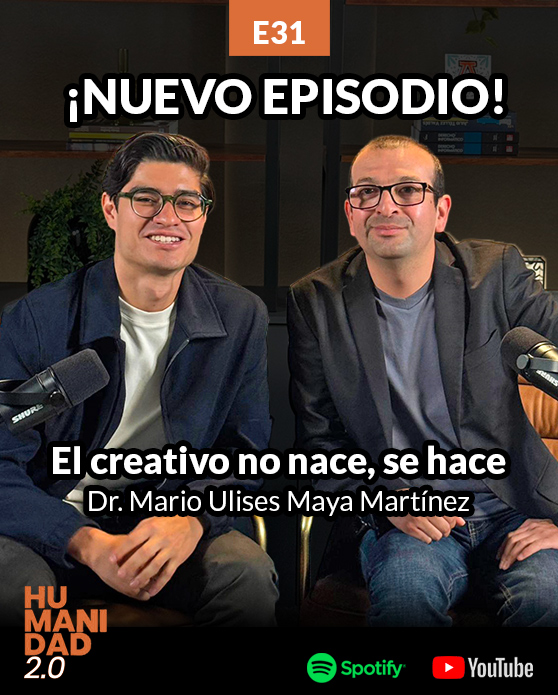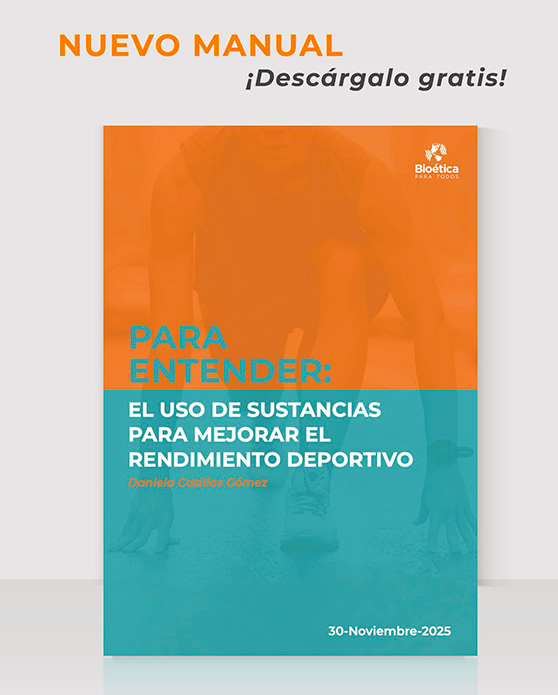
April 28, 2025
Author: Juan Manuel Palomares Cantero
Versión en español
Introduction
In April 2025, Australia once again became the scene of a major environmental tragedy: a fire in Budj Bim National Park, in the state of Victoria, devastated vast stretches of natural habitat, severely affecting multiple species, including the iconic koala.
Faced with the devastation and the dramatic situation of hundreds of injured, dehydrated, and starving koalas, authorities made a decision as controversial as it was pragmatic: the sacrifice of approximately 750 individuals by helicopter shootings, in an attempt to spare them from a slow and painful death.
This measure was presented as a "humane euthanasia," justified in terms of compassion and efficiency in the face of the impossibility of rescuing all affected animals. However, beyond its immediate reasonableness, the event raises profound bioethical questions: Was it truly the only option? What cultural implications arise from normalizing the elimination of the vulnerable in response to crises? To what extent are we willing to sustain efforts to save life when it is fragile or costly to protect?
This article proposes a critical reflection on the event, recognizing the practical challenges, while also warning about the risks of fostering a culture of elimination. Drawing from a bioethics of care and engaging with the concept of "integral ecology" promoted by Pope Francis (may he rest in peace), it advocates reaffirming the human duty to respect and protect all forms of life, especially in times of trial.
The Concrete Event
The fire in Budj Bim National Park not only destroyed the natural habitat of numerous koalas but also left many individuals in extreme suffering: severe injuries, burns, extreme dehydration, and total lack of food.
In this situation, the government of Victoria authorized the mass sacrifice of koalas, arguing it was the quickest and most effective way to prevent prolonged agony. The procedure involved shooting from helicopters, under expert supervision, to end the lives of those animals in the worst condition.
The measure was defended as an act of pragmatic compassion amidst an overwhelming crisis. Nonetheless, the harshness of the decision, especially the method employed, provoked intense public and ethical debate both in Australia and internationally.
The Practical Dimension: Reasons for the Decision
From a strictly practical standpoint, the decision to sacrifice the koalas can be understood.
Individually rescuing each injured animal would have required an enormous deployment of human, material, and veterinary resources, hardly viable in an environmental emergency. Moreover, the actual possibility of recovery for many individuals was minimal, even with advanced medical interventions.
Thus, the measure sought to efficiently manage the limited available resources, prioritizing actions with higher probabilities of overall success.
The "humane euthanasia," painful as it is, thus appears as a response intended to minimize animal suffering in situations where rehabilitation was unlikely.
In population terms, the figures help to gauge the impact: according to estimates by the Australian Koala Foundation, Australia is home to around 58,000 koalas. The 750 sacrificed would represent approximately 1.2% of the national population.
While the measure does not pose an immediate extinction threat to the species, it is still a significant loss in a context where koalas are already considered a vulnerable species due to the progressive degradation of their habitat.
Although rational from a logistical perspective, the decision does not close the door to a deeper ethical analysis questioning its inevitability and exploring the cultural consequences of normalizing such responses.
Was It Truly the Only Option?
Accepting the practicality of the measure should not prevent us from raising a fundamental ethical question: Were all available options truly exhausted before opting for elimination?
Were all affected koalas truly condemned to unavoidable death? Was there no possibility of saving at least those individuals whose injuries did not irreversibly compromise their viability?
Bioethics, understood as the active defense of life in all its forms, invites us to resist the temptation of quick solutions when these involve sacrificing vulnerable lives.
Respect for life is measured not only in terms of efficiency but also in the ethical effort to preserve every existence that still holds a possibility, however uncertain, of recovery.
This vision finds its foundation in Pope Francis's proposal of “integral ecology.” In Laudato si', the pontiff emphasizes that the environmental crisis cannot be separated from the crisis of human values: caring for nature is also caring for the weakest.
In this framework, every creature has intrinsic value, and the appropriate ethical response to fragility is not suppression but responsible care and protection.
Thus, even in extreme circumstances, the ethical doubt persists: if there was any reasonable chance to rescue and rehabilitate certain koalas, should not that path have been prioritized in the name of a bioethics that respects and defends life in all its expressions?
The Culture of Elimination
Beyond the specific case, the sacrifice of the koalas raises a profound cultural risk: the normalization of a logic of elimination in the face of vulnerability.
When problems are resolved by suppressing the weakest, a mentality is gradually installed that can extend to other spheres of social life.
This culture of elimination, repeatedly denounced by Pope Francis, is not limited to the animal world. Its shadow also threatens the seriously ill, people with disabilities, the elderly, and all those whose existence poses a challenge to parameters of efficiency, productivity, or social control.
During pandemics, health crises, or natural disasters, temptations to sacrifice the most fragile in the name of the common good are revived.
If life is valued based on its "profitability" or "cost," then respect for every living being is eroded, opening the door to eugenic, discriminatory, or merely utilitarian practices.
Bioethics demands resistance to this cultural drift. The value of life does not depend on health status, age, or functional capacity. Every life, by the mere fact of being, deserves to be protected with care and reverence.
The tragedy of the koalas, if not critically reflected upon, could become yet another symptom of a humanity that, in its eagerness to solve problems, forgets its fundamental duty to care.
The Human Duty to Care
The antidote to the culture of elimination is an ethical commitment to care.
Caring implies recognizing vulnerability as a constitutive dimension of life, not as a defect to be corrected or eliminated. Caring demands patience, effort, and an inner disposition that prioritizes the protection of the weak over immediate efficiency.
The duty to care is not limited to human beings but extends to all of creation. Every living being has a value that does not depend on its usefulness to us but on its very existence.
This duty becomes even more urgent in contexts of ecological crisis, where human decisions have a direct impact on the preservation or destruction of entire ecosystems. It will not always be possible to save every life. Necessary resources for perfect interventions will not always be available. But the effort, the intention, and the willingness to protect, even amid difficulty, are the signs of a mature and truly human ethics.
Bioethics is not limited to avoiding harm; it actively promotes good, healing, accompaniment, and unconditional respect for life.
Conclusions
The tragedy experienced in Australia, and the response given to it, confronts us with essential questions about the kind of culture we are building.
Efficiency cannot be the sole criterion for our actions, especially when fragile lives are at stake. If we normalize the elimination of the vulnerable, we risk dehumanizing ourselves. If, instead, we reaffirm the duty of care, we can build a more just, compassionate, and respectful society for life in all its forms.
“Integral ecology” reminds us that everything is connected: there is no true environmental protection without respect for every living creature; there is no authentic progress if the weak are sacrificed in the name of collective well-being.
May this tragedy not remain just another note in the annals of natural disasters, but serve as a profound call to rethink our relationship with life, with nature, and with our own humanity.
Our future, as human beings and as inhabitants of this planet, will depend on the capacity we develop to care for, respect, and protect life in all its expressions, especially when it is most difficult, fragile, and costly to do so.
Juan Manuel Palomares Cantero is a lawyer, master's and doctorate holder in Bioethics from Universidad Anáhuac, Mexico. He has served as Human Capital Director, Dean, and General Coordinator at the Faculty of Bioethics. He is currently a researcher at the Academic Directorate of Integral Formation at the same university. He is a member of the National Mexican Academy of Bioethics and the Latin American and Caribbean Federation of Bioethics Institutions. This article was assisted in its drafting by the use of ChatGPT, an artificial intelligence tool developed by OpenAI.
The opinions shared in this blog are the full responsibility of their respective authors and do not necessarily represent a unanimous opinion of the seminars, nor do they reflect an official position from CADEBI. We value and encourage any comments, responses, or constructive criticism you may wish to share.
More information:
Centro Anáhuac de Desarrollo Estratégico en Bioética (CADEBI)
Dr. Alejandro Sánchez Guerrero
alejandro.sanchezg@anahuac.mx





